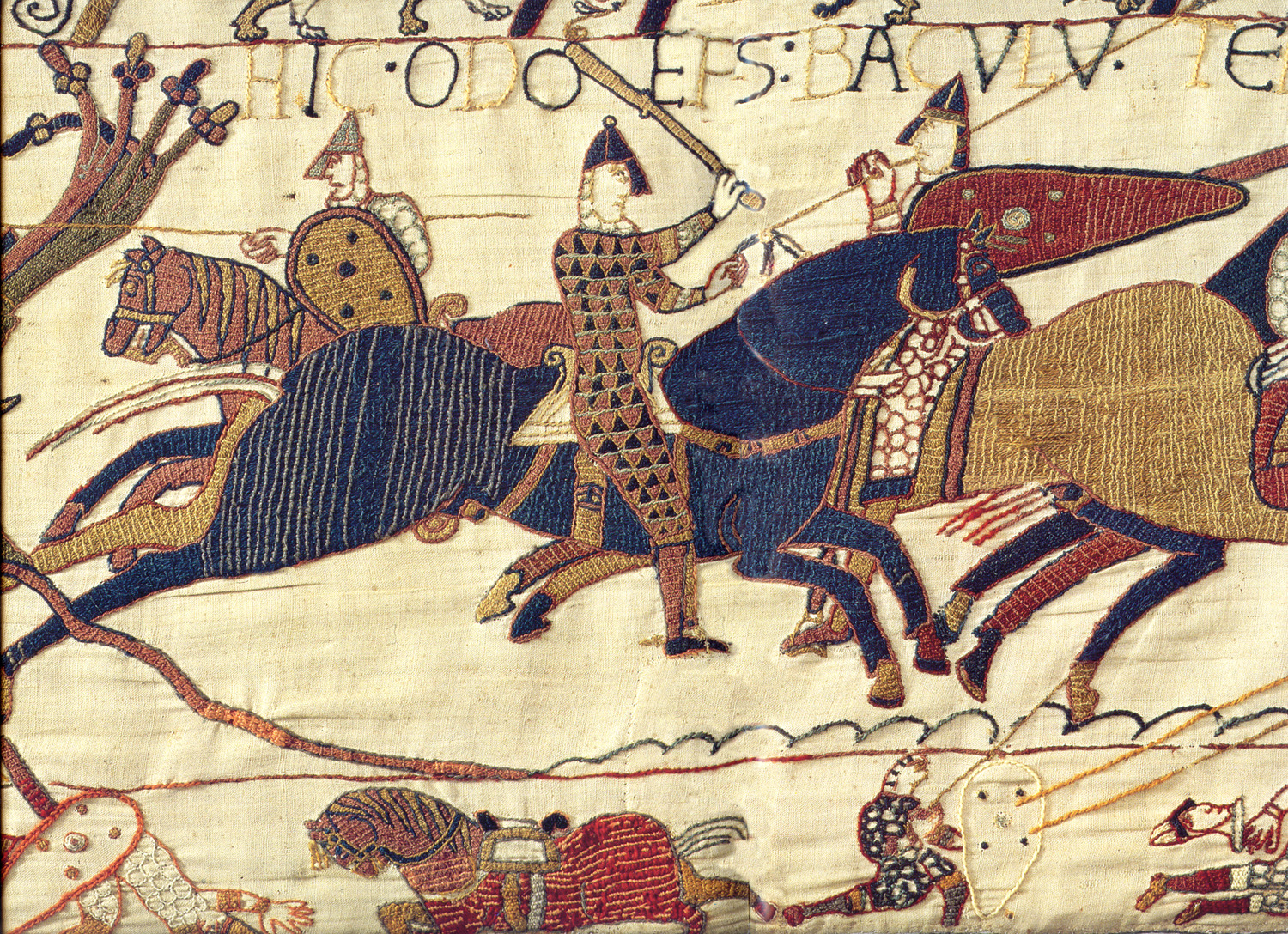Horses are majestic creatures, known for their beauty and strength. They have been domesticated for centuries, serving as loyal companions, athletes, and work animals. When it comes to their grooming, one common practice that often raises questions is the cutting of their tails. Many people wonder why this is done and whether it is necessary. In this article, we will delve into the reasons behind tail cutting, the controversies surrounding it, and the impact it has on horses.
Why Do They Cut Horses Tails?

Historical and Cultural Practices
The practice of cutting horses’ tails has historical and cultural roots. In various equestrian traditions, tail cutting has been a common practice for centuries. In some cultures, it is believed that a horse with a neatly trimmed tail is a sign of good grooming and proper care. Additionally, in certain equestrian disciplines such as dressage and show jumping, a neatly trimmed tail is considered to enhance the overall appearance of the horse, reflecting a sense of elegance and discipline.
Practical Reasons
Beyond cultural and aesthetic considerations, there are practical reasons behind tail cutting. Long tails can be a hindrance in certain equestrian activities, particularly in disciplines where agility and precision are crucial. For example, in disciplines like reining and cutting, where horses need to perform quick turns and maneuvers, a long tail can get in the way and potentially cause injury to the horse or rider. Trimming the tail can help alleviate this risk and enhance the horse’s performance in such activities.
Hygiene and Maintenance
Another reason for tail cutting is related to hygiene and maintenance. Horses that are kept in stables or areas with limited space may be prone to soiling their tails, leading to hygiene issues and potential health concerns. Trimming the tail can make it easier to maintain cleanliness and prevent the accumulation of dirt and debris, ultimately contributing to the horse’s overall well-being.
Preventing Injuries
In some cases, tail cutting is done to prevent injuries. Horses with long, thick tails may be more susceptible to getting their tails caught in fences, gates, or other objects, which can lead to painful injuries or even permanent damage. By keeping the tail trimmed, the risk of such accidents can be reduced, thereby promoting the safety and welfare of the horse.
Equine Sports and Competitions
In the world of equine sports and competitions, tail cutting is often associated with enhancing the horse’s presentation and performance. In disciplines where horses are judged on their appearance and movements, a neatly trimmed tail is considered a standard of good grooming and attention to detail. While some may argue that this is purely for aesthetic purposes, proponents of tail cutting in the context of competitions argue that it is a legitimate aspect of presenting the horse at its best.
Controversies and Ethical Considerations
Despite the historical, practical, and cultural reasons for tail cutting, the practice is not without controversy. Many animal welfare advocates and organizations argue that tail cutting is unnecessary and potentially harmful to horses. They contend that tail cutting can cause discomfort and distress to the horses, interfering with their natural behaviors and communication. Additionally, opponents of tail cutting criticize it as a cosmetic procedure that prioritizes appearance over the well-being of the horse.
Regulations and Guidelines
In response to the ethical concerns surrounding tail cutting, various equine organizations and governing bodies have established regulations and guidelines to address the practice. These guidelines often stipulate the acceptable methods and lengths for tail trimming, as well as the circumstances under which it is permitted. In some cases, tail docking, which involves the partial or complete amputation of the tail, is explicitly prohibited, while tail trimming within specified parameters may be allowed under certain conditions.
Alternatives and Compromises
As the debate over tail cutting continues, there is growing interest in exploring alternatives and compromises that address both the practical considerations and ethical concerns. Some horse owners and trainers have turned to natural horsemanship and holistic grooming practices, which emphasize minimal intervention and a focus on the horse’s natural well-being. Others advocate for the use of tail protectors and wraps to address hygiene and safety concerns without resorting to trimming the tail. These approaches seek to find a balance between the practical needs of horse care and the respect for the horse’s natural form.
Educating and Raising Awareness
Education and awareness play a crucial role in shaping perspectives on tail cutting. By providing information about the reasons behind tail cutting, as well as the potential impact on horses, equestrians and enthusiasts can make informed decisions and advocate for responsible practices. Promoting discussions and sharing insights about tail cutting can help foster a deeper understanding of its complexities and encourage a thoughtful, ethical approach to horse care.
If you’re curious about the fascinating world of horse behavior and care, you might find our articles on why do they blindfold horses and why do they cover horses’ eyes intriguing. Additionally, if you’re interested in understanding why horses show their teeth, our piece on why do horses show their teeth could provide some valuable insight into equine behavior.
Conclusion
In conclusion, the practice of cutting horses’ tails is a multifaceted issue that encompasses historical, practical, cultural, and ethical considerations. While there are valid reasons for tail cutting, such as historical traditions, practical needs, and grooming standards in competitions, it is essential to acknowledge the ethical concerns and potential impact on the horses. As the equestrian community continues to engage in dialogue and seek alternatives, finding a balance between tradition, practicality, and respect for the welfare of horses remains a critical endeavor. Ultimately, promoting responsible and informed horse care practices can contribute to the well-being and harmony of these magnificent animals.



